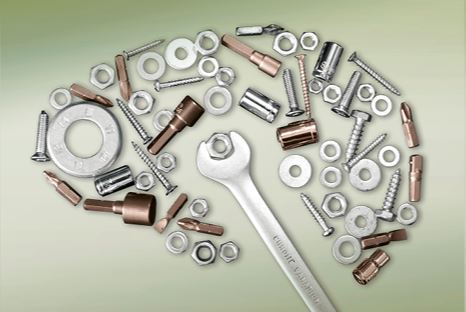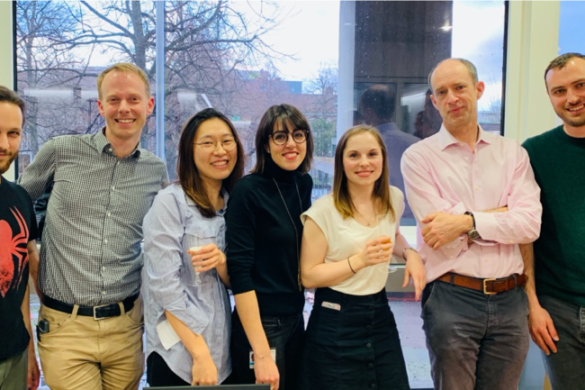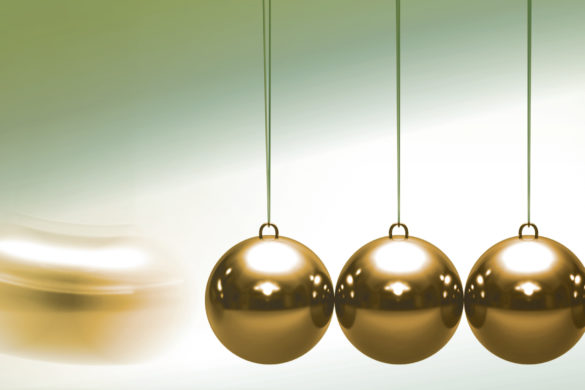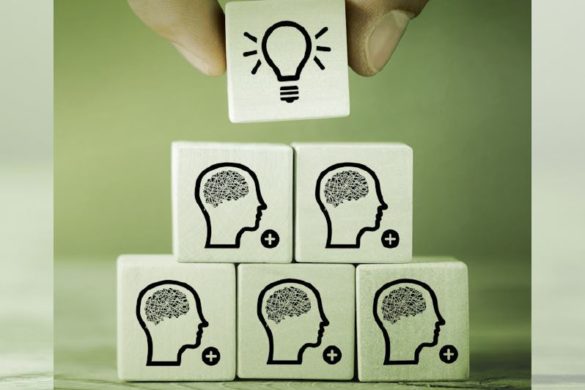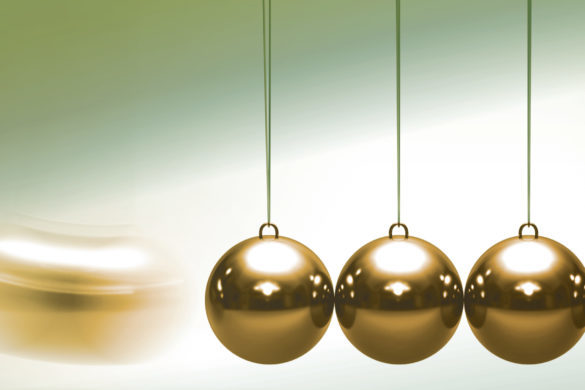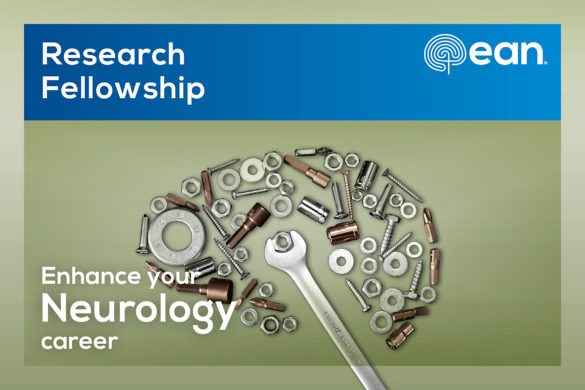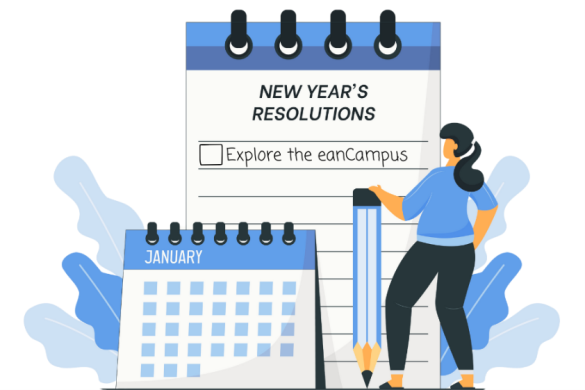
Fellow: Panteleimon Oikonomou, Germany
Term of the Fellowship: 11.11.-20.12.2019
Hosting department: Neurodegeneration Imaging Group, Maurice Wohl Clinical Neuroscience Institute, Kings’s College London, Camberwell, United Kingdom
Supervisor: Prof. Ray Chaudhuri
First, I would like to thank European Academy of Neurology for granting me for a 6-week clinical fellowship in King’s College Hospital (KCH) and in Maurice Wohl Clinical Neuroscience Institute (MWCNI). Then I would like to express my sincere thank to Prof. K. Ray Chaudhuri for being my supervisor and allowing me to be part of his team in Centre of Excellence in Parkinson’s and Movement Disorders for this duration. During my stay I had the opportunity to attend clinics and seminars at KCH and to do clinical research at MWCNI.
A weekly schedule of my practices was as follows:
– Mondays: Research, no planned meetings or clinics
– Tuesday mornings: Miriam Parry clinic (Parkinson’s disease nurse specialist) 09:00-13:00
– Tuesday afternoons: research
– Wednesday morning: Telephone clinic 10:00-12:00 (only first Wednesday of the month), otherwise research
– Wednesday afternoon: 12:30-14:00 MDT meeting with lunch, followed by movement disorder or botox clinic
– Thursday morning: Miriam Parry clinic suite 5 (depending on capacity)
– Thursday afternoon: research
– Friday morning: Miriam Parry clinic or neuroscience meetings. – Friday afternoon: 14:00-17:00 Movement disorder clinic (usually advanced therapies).
The MDT meeting was a great opportunity to attend challenging video-assisted case reports on movement disorders followed by clinical orientated interactive discussion.
In the neurosciences meeting, organized by the department of neurology of KCH, I was attending interactive interesting case reports and lectures on general neurology.
During clinic-hours I was observing the usual practices of the movement disorders clinic, getting insights in management of patients with PD and other movement disorders in KCH and becoming familiar with clinical practices of experienced colleges. I learned strategies for optimization the selection of patients for advanced therapies and their application (deep brain stimulation, levodopa–carbidopa intestinal gel and continuous subcutaneous apomorphine infusion). I also got practically informed in the development of new diagnostic and therapeutic approaches in PD.
Additionally I was positive impressed by the structure and the engagement of the my hosting team leading to effective recruitment of patients for a big amount of clinical trials, high quality research and clinical management.
At the end, I appreciate spending my fellowship as part of this clinical orientated team, which has enriched my clinical experience, raised my interest in movement disorder and contributed in building enthusiasm to continue clinical research in neurology. I want to thank all members of Prof. Chaudhuri’s team and co-fellows of KCH and MWCNI, who made my stay conductive and pleasant.

Fellow: Bogdan Ionut Pana, Romania
Term of the Fellowship: 17.6. – 26.7.2019
Hosting department: Department of Biomedical and Neuromotor Sciences, Alma Mater Studiorum – Universita’ di Bologna, Italy
Supervisor: Prof. Rocco Liguori
I think that the EAN Clinical Fellowship Programme is a great oportunity for young doctors to improve themselves both on a proffesional, but also at a personal level, by interacting with medical personnel and patients with different cultures and different aproaches in medical diagnosis and treatment.
During my six week stay at the Institute of Neurological Sciences from Bologna everything was very well organized, with a schedule from my very first day of arrival. In the same time i was free to spend parts of the day in whatever department i was most intersted in. I participated in day hospital, outpatient clinic and EMG studies.
I fullfield my goals and even surpassed them by learning new diagnostic technologies that were not in my initial plan for this fellowship and others that i didn’t know that existed, like the skin biopsy for neurodiagnostic purposes, not only for small fiber diseases but also for neurodegenerative pathologies. Also, in the EMG department i found a novel Motor Unit Number Estimation (MUNE) method for ALS. I hope that at least some of them i will be able to implement in my practice.
Having a particular interest in headache, in my spare time i visited also the Institute’s Headache Center where i saw migraine patients treated with the latest targeted therapies. A month later i had a very pleasant surprise to rejoin with the team at the IHC Congress in Dublin and to plan a new visit to Bologna next year to learn new techniques to treat cluster headache.
Hoping that i won’t forget a lot of my new friends and colleagues from Bologna, i would like to express my gratitude to Prof. Liguori, Dr. Donadio, Dr. Di Stasi, Dr. Cevoli, Dr. Asioli, Ms. Pollini, Ms. Sandrini for their worm welcome and for allowing me to feel as an integrated part of their team from the very first day. Bologna was a great city to live in, learn and visit, fully deserving its nicknames: La Dotta (the learned – a refference to its university, the oldest in the Wertern world), La Grassa (the fat – a refference to its fine cuisine), La Rossa (the red – because of the color of the buildings), La Turrita (the towered – 24 standing medieval towers)




